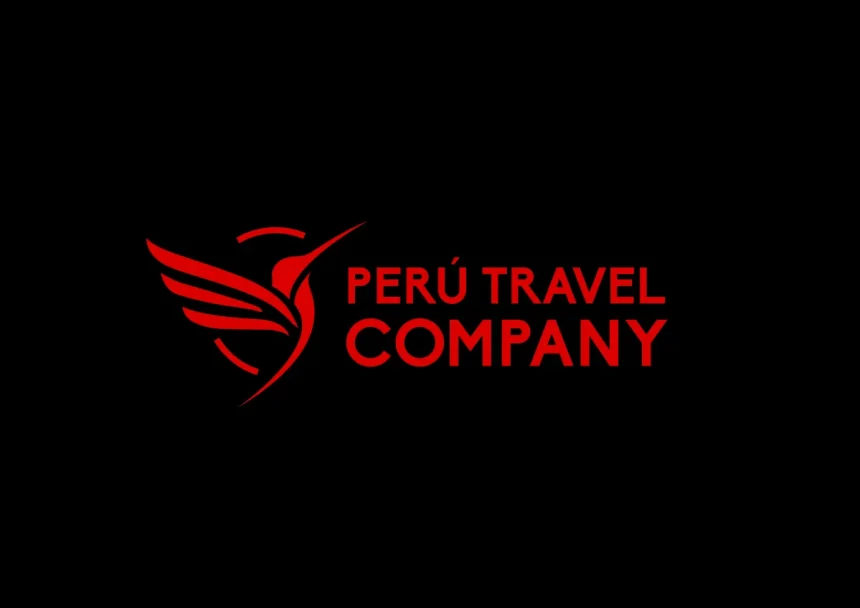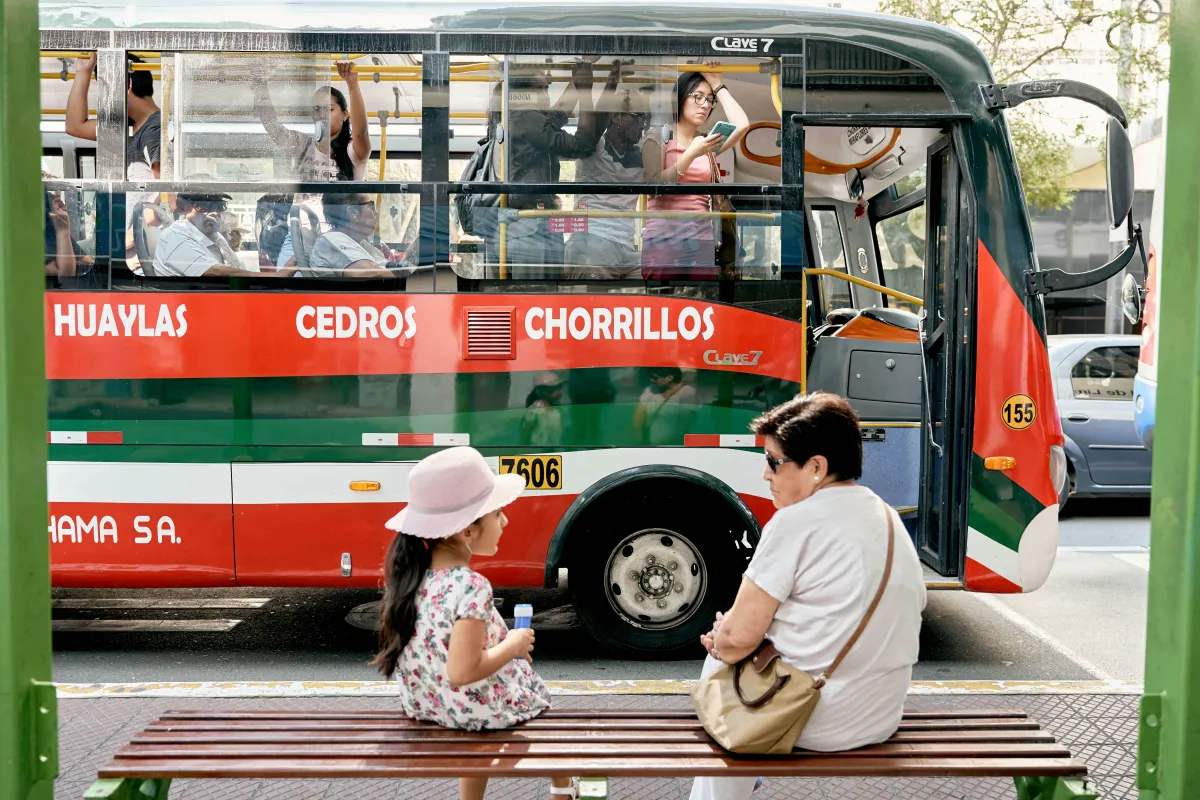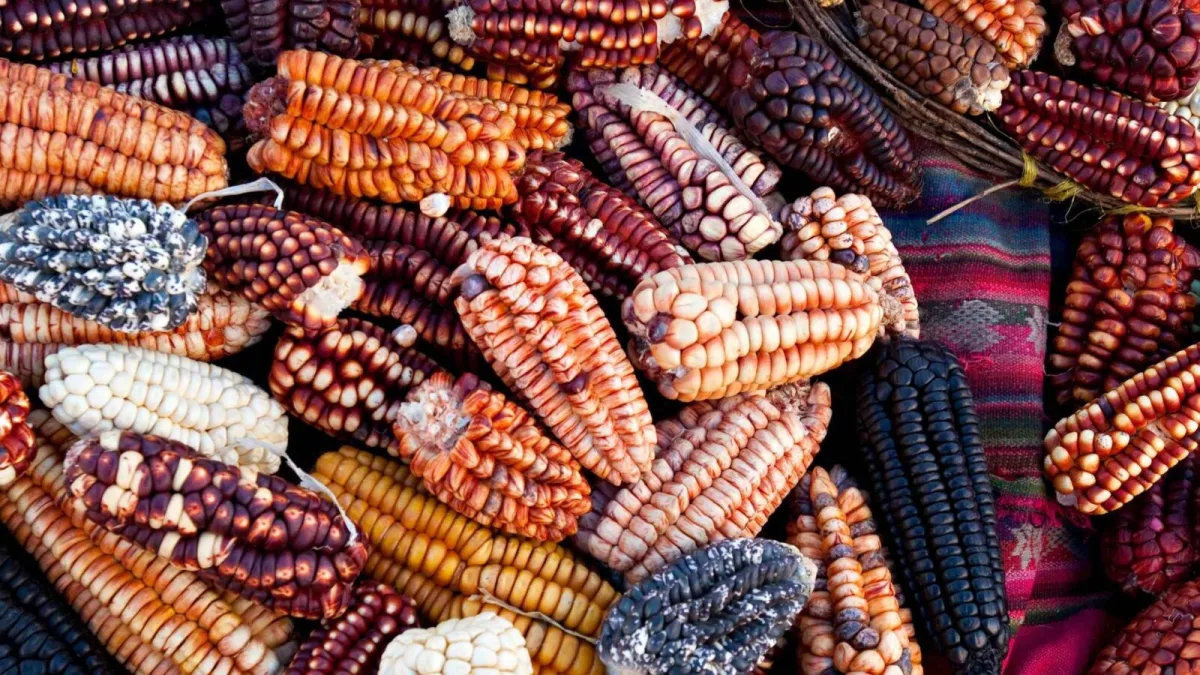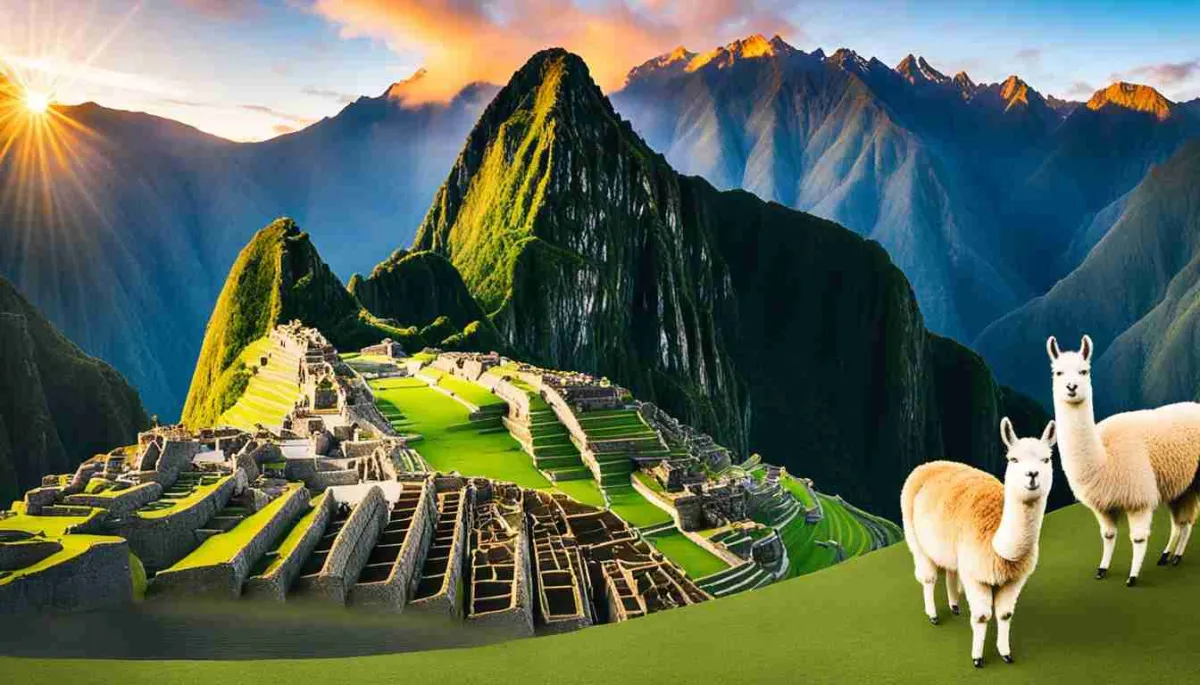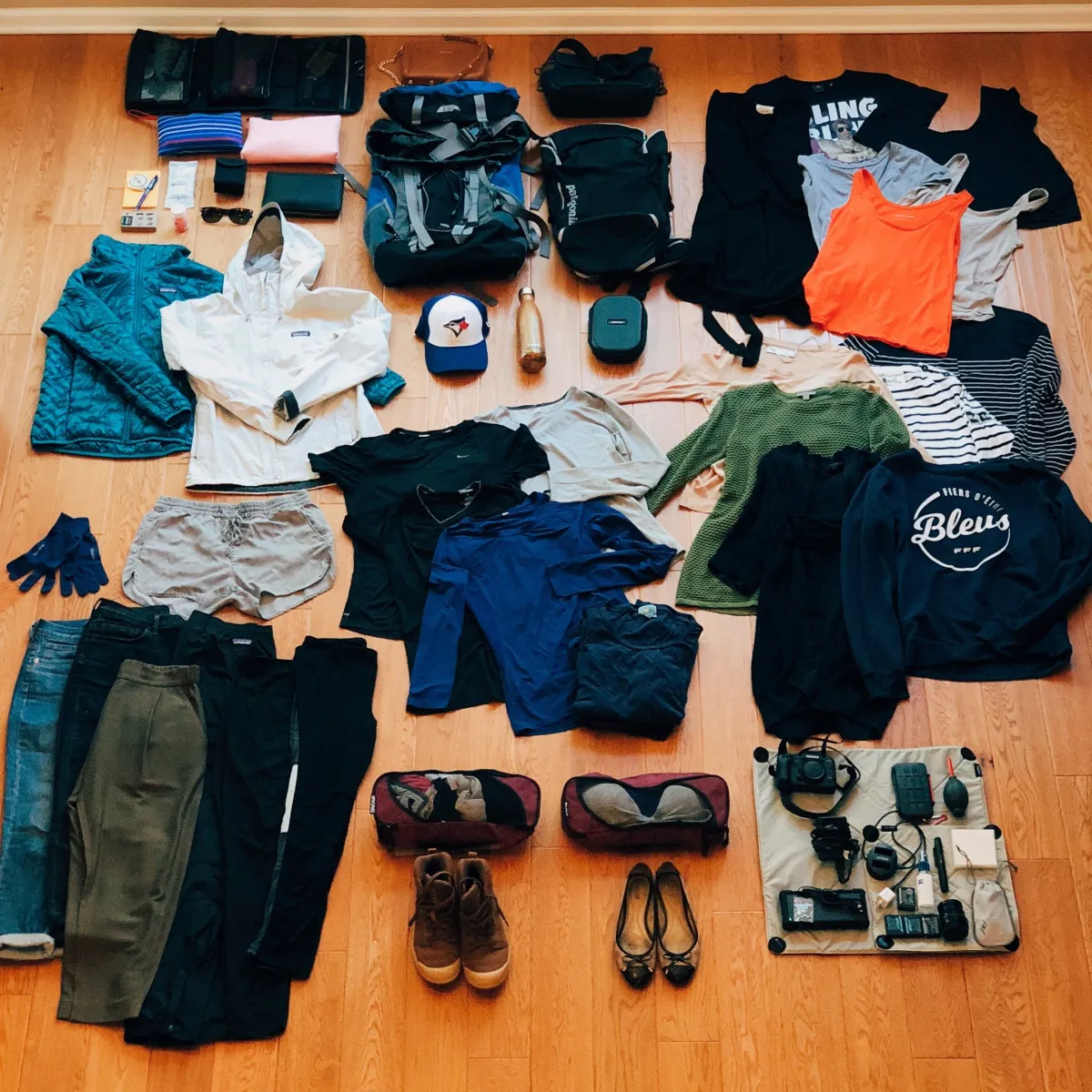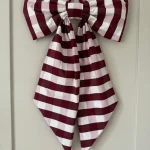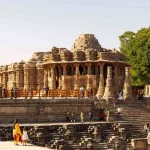Planning Your Peru Adventure
Planning your trip to Peru starts with knowing the best time to visit. The dry season from May to September is ideal for exploring Machu Picchu and hiking the Inca Trail, offering clear skies and pleasant temperatures. If you prefer fewer crowds and don’t mind occasional showers, the shoulder months of April and October can also be great.
When crafting the perfect itinerary, balance iconic sites like Machu Picchu and Cusco with lesser-known gems such as the Sacred Valley or the Amazon rainforest. Make sure to allocate time for cultural experiences, local markets, and trying Peruvian cuisine.
Regarding visa and entry requirements, U.S. citizens generally don’t need a visa for tourist stays under 183 days. However, your passport should be valid for at least six months beyond your entry date. Keep an eye on current travel advisories and entry rules, especially related to health protocols.
Starting your Peru adventure well-prepared ensures smoother travels and more time enjoying this incredible country. For more travel planning tips, check out travel tips for first-time flyers to ease your journey.
Navigating Peru Transportation and Logistics
Getting to Peru
Most travelers from the U.S. fly into Lima’s Jorge Chávez International Airport, Peru’s main international gateway. Direct flights from major cities like Miami, Houston, and New York make it easy to reach. From Lima, you can take domestic flights to key destinations like Cusco, Arequipa, and Iquitos, saving time on long bus rides.
Getting Around Peru
Once inside Peru, your transportation options vary:
- Domestic flights are the quickest way to cover large distances, especially between Lima and Cusco.
- Buses are popular and affordable, with long-distance coaches offering comfortable rides on major routes. Companies like Cruz del Sur provide reliable service.
- Taxis and ride-sharing apps like Beat and Cabify operate in cities like Lima and Cusco. Always use registered taxis and agree on fares beforehand.
- Trains serve specific routes like the trip between Cusco and Machu Picchu, offering scenic views.
Machu Picchu Access
Reaching Machu Picchu requires some planning:
- The most popular way is to take a train from Cusco or Ollantaytambo to Aguas Calientes, the town at the base of the site.
- From Aguas Calientes, buses run frequently up to the Machu Picchu entrance.
- For the adventurous, hiking the Inca Trail or alternative treks like Salkantay is a rewarding experience—but book permits early, as they sell out quickly.
- Keep in mind entrance tickets to Machu Picchu should be purchased in advance online.
Navigating Peru’s transportation isn’t complicated once you know the basics. Prioritize flights for long trips, use buses or taxis for short distances, and plan Machu Picchu travel well ahead. This will help make your Peru itinerary smooth and stress-free.
For more general travel advice, you might find these travel tips for first-time flyers helpful too.
Must-Know Safety Tips
When traveling to Peru, safety is a top concern, especially if you plan to explore busy cities or high-altitude areas. Here are some practical tips to help you stay safe and healthy throughout your trip.
Staying Safe in Cities
- Be aware of your surroundings: In cities like Lima and Cusco, pickpocketing and petty theft can happen, especially in crowded areas and markets. Keep your valuables secure and avoid flashing expensive gear.
- Use trusted transportation: Opt for registered taxis or ride-share apps instead of hailing cabs off the street.
- Stick to well-lit areas at night: Avoid wandering alone in unfamiliar neighborhoods after dark.
- Keep copies of important documents: Store digital and physical copies of your passport, ID, and travel insurance.
Altitude Sickness Prevention
Many popular destinations in Peru, including Cusco and Machu Picchu, sit at high elevations. Altitude sickness can hit hard if you’re not prepared.
- Take it slow: Give your body a day or two to acclimate when you arrive in high-altitude places.
- Stay hydrated: Drink plenty of water and avoid alcohol for the first 48 hours.
- Eat light and avoid heavy exercise: Give your body a break as it adjusts.
- Consider medication: Talk to your doctor about altitude sickness prevention drugs like acetazolamide.
- Know the symptoms: Headache, nausea, dizziness, and shortness of breath are signs you should not ignore.
Health Precautions
- Vaccinations: Check with your healthcare provider about recommended shots before traveling to Peru, such as Hepatitis A and Typhoid.
- Food and water safety: Stick to bottled water, avoid street food that looks questionable, and eat at reputable places to prevent stomach issues.
- Sun protection: The sun is strong at high altitudes, so use a high-SPF sunscreen and wear a hat.
- Insect protection: In jungle areas, use insect repellent to guard against mosquito-borne diseases like dengue.
By staying smart and prepared, you’ll enjoy a safe and healthy journey through Peru’s incredible landscapes and culture.
For more general travel safety tips, check out this Travel Tips for First-Time Flyers guide.
Embracing Peruvian Culture
Culinary Delights
Peruvian food is a big part of the culture and definitely worth exploring. Don’t miss trying ceviche, a fresh mix of raw fish marinated in lime juice. Also, sample traditional dishes like lomo saltado (stir-fried beef) and ají de gallina (chicken in spicy sauce). Street food is popular and safe if you stick to busy stalls. Remember to drink plenty of water and try local fruits you might not find back home.
Language Basics
Spanish is the main language spoken, but English is common in tourist areas like Lima, Cusco, and Machu Picchu. Learning simple phrases can go a long way:
- Hola (Hello)
- Gracias (Thank you)
- Por favor (Please)
- ¿Cuánto cuesta? (How much does it cost?)
- ¿Dónde está el baño? (Where is the bathroom?)
A few Quechua words, like “hola” (rimaykullayki) and “thank you” (sulpayki), show respect and effort to connect with locals.
Cultural Etiquette
Respect is key when interacting with Peruvians. Here are some quick tips:
- Greet people with a handshake or a kiss on the cheek in social settings.
- Dress modestly, especially when visiting religious sites.
- Ask before taking photos of people, especially in indigenous communities.
- Tipping is appreciated but not mandatory; around 10% in restaurants is fair.
- Be patient and polite; things might move slower than you’re used to.
Embracing these aspects of Peruvian culture will enrich your trip and help you connect with locals more meaningfully.
Top Destinations and Experiences
Machu Picchu The Crown Jewel
No Peru travel tips list is complete without Machu Picchu. This ancient Inca citadel is the star attraction and rightfully so. Whether you hike the Inca Trail or take the train from Cusco, seeing Machu Picchu at sunrise is unforgettable. Make sure to book your tickets in advance as entry is limited every day.
Beyond Machu Picchu
Peru offers much more than this iconic site. Cusco itself is a vibrant city full of colonial charm and local markets. The Sacred Valley nearby has impressive ruins like Ollantaytambo and Pisac, perfect for exploring without the crowds. Lake Titicaca’s floating islands provide a cultural experience you won’t find anywhere else.
Hidden Gems
For a less touristy side of Peru, check out places like Arequipa with its stunning volcanic backdrop, or the Colca Canyon where you can spot soaring condors. The Amazon basin near Puerto Maldonado is ideal for wildlife lovers seeking jungle adventures. Also, don’t miss the Ballestas Islands near Paracas – they’re great for wildlife spotting and day trips from Lima.
These spots give you a rounded Peru itinerary, mixing must-sees with off-the-beaten-path treasures.
Budget and Sustainable Travel Tips
Saving Money in Peru
Traveling in Peru can be affordable if you plan smart. Here are some quick money-saving ideas:
- Use local transport: Buses and colectivos (shared vans) are cheap and common for getting around.
- Eat at markets: Try street food and local markets instead of pricey restaurants—you’ll get authentic Peruvian cuisine for less.
- Book tours locally: Avoid booking everything online in advance; local tour offices often offer better deals on day trips and Inca Trail hikes.
- Stay in hostels or guesthouses: These options are budget-friendly and a great way to meet other travelers.
- Visit free sites: Many towns have free or low-cost museums and cultural attractions worth exploring.
Responsible Tourism in Peru
Taking care of Peru’s culture and environment is essential when traveling here:
- Respect local customs: Learn basic Peruvian culture tips and etiquette to avoid misunderstandings.
- Support local businesses: Choose family-run restaurants, markets, and artisans to help communities directly.
- Minimize waste: Bring a reusable water bottle and avoid single-use plastics.
- Stay on marked trails: Especially important when hiking the Inca Trail or visiting Machu Picchu to protect the environment.
- Be mindful of wildlife: Don’t disturb animals and avoid buying products made from endangered species.
Traveling sustainably helps preserve Peru’s unique heritage and landscapes for future visitors and locals alike.
For more travel hacks and smart choices, check out our guide on road trip travel tips.
Packing Essentials for Peru
When packing for Peru, it’s important to be ready for diverse climates and activities. Here’s what to bring to stay comfortable, safe, and respectful throughout your trip.
Clothing and Gear
- Layered Clothing: Peru’s weather can change fast, especially if you’re heading from Lima to Cusco or the highlands. Pack lightweight shirts, a warm fleece or jacket, and a waterproof shell.
- Comfortable Walking Shoes: Sturdy hiking boots or good sneakers are a must, especially if you plan to walk the Inca Trail or explore Machu Picchu.
- Sun Protection: Bring a wide-brim hat, sunglasses, and high SPF sunscreen—at high altitudes, the sun is intense.
- Daypack: Useful for carrying water, snacks, and your essentials during day trips.
- Reusable Water Bottle: Staying hydrated is key, and a refillable bottle helps reduce plastic waste.
Health and Safety Items
- Altitude Sickness Remedies: Carry coca tea bags or altitude sickness medicine, especially for Cusco or Lake Titicaca.
- Basic First Aid Kit: Include band-aids, antiseptic wipes, any personal medication, and insect repellent.
- Hand Sanitizer and Masks: Hygiene is important when traveling, especially in crowded markets or public transport.
- Water Purification Tablets: If you’re planning remote hikes or less touristy areas, these can be a lifesaver.
Cultural Respect
- Modest Clothing: In rural areas or when visiting religious sites, avoid revealing outfits. Respect local customs by dressing modestly.
- Gifts or Souvenirs: Consider bringing small, thoughtful gifts for locals or guides as a sign of appreciation.
- Avoid Offensive Photography: Always ask permission before taking photos of people or cultural ceremonies.
Packing smart will keep you comfortable and safe so you can fully enjoy your Peru adventure. For more travel tips that might help, check out our travel tips for first-time flyers.
FAQs
When is the best time to visit Peru?
The ideal time to visit Peru is during the dry season, from May to September. This period offers clear skies and comfortable temperatures, perfect for exploring Machu Picchu and hiking the Inca Trail.
Do I need a visa to travel to Peru?
For U.S. citizens, a visa is generally not required for tourist stays up to 183 days. Always check current entry requirements before you travel.
How can I prevent altitude sickness in Peru?
Take it easy for the first 1-2 days in places like Cusco or Lake Titicaca. Stay hydrated, avoid heavy meals, and consider medication like acetazolamide if you’re prone to altitude sickness.
Is Peru safe for solo travelers?
Yes, but stay vigilant especially in busy cities like Lima. Avoid flashing valuables, know your route, and use reputable transportation options.
Can I use U.S. dollars in Peru?
The official currency is the Peruvian sol, but U.S. dollars are often accepted in tourist areas. It’s best to have local currency for markets and smaller shops.
What should I pack for a Peru trip?
Bring layers to handle varying climates, good hiking shoes, sun protection, and basic health supplies. Don’t forget a rain jacket, especially if visiting during the rainy season.
How do I get tickets for Machu Picchu?
You need to book tickets in advance online, especially for the Inca Trail. Day passes for Machu Picchu also sell out quickly during peak months.
Are credit cards widely accepted?
Major cities accept credit cards, but smaller towns and markets often require cash. Plan to carry a mix of payment options.
For more helpful travel advice check out travel tip tuesday for general tips that will come in handy when planning your Peru itinerary ideas.

